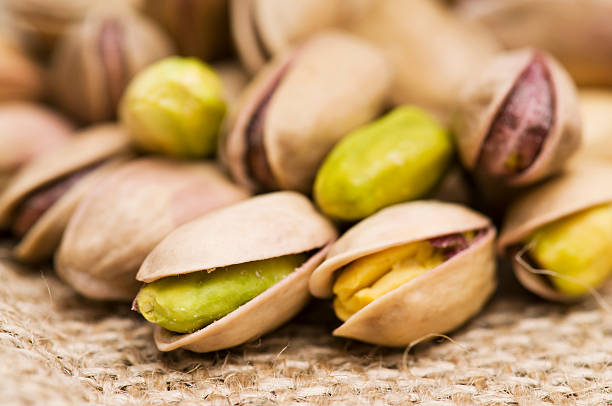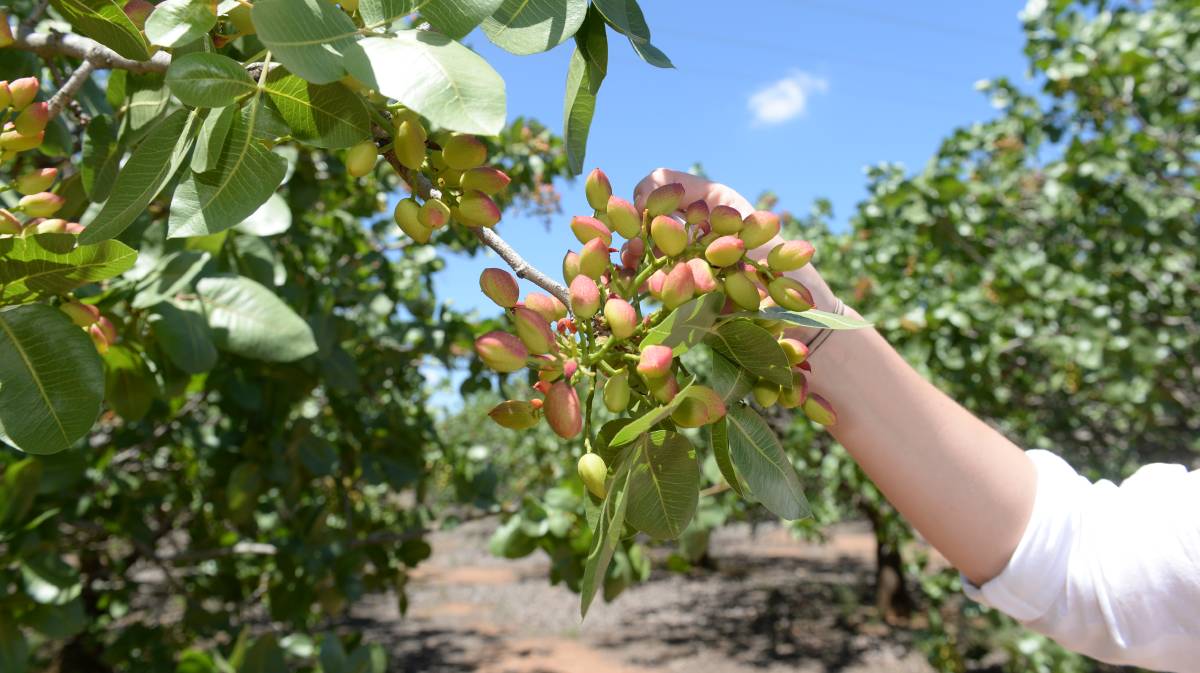
Executive Summary
Within a circular economy framework and a strong emphasis on environmental sustainability, pistachio hulls and byproducts offer a pivotal input for clean energy production via biogas and thermal processes. This paper provides a rigorous, application-oriented analysis of technical requirements, economic considerations, and policy implications to guide the implementation of pistachio-byproduct energy projects.
- Circular Economy Context and Sustainability in the Pistachio Industry
- Circular economy concepts applied to the pistachio value chain, turning hulls into energy feedstock and reducing waste.
- Local energy security and resilience through distributed energy systems leveraging high-quality agro-residues.
- Policy alignment with decarbonization goals and supportive instruments to accelerate deployment.

- Technologies Suitable for Pistachio Byproducts
- Anaerobic digestion and biogas production: gas quality optimization, reactor design considerations for mixed feedstocks, and energy recovery options.
- Pyrolysis and gasification: production of syngas, bio-oil, and char, with attention to scale and process conditions.
- Process integration and feedstock conditioning: drying, homogenization, and pre-treatment to improve reliability and yield.
- Economic Advantages and Return on Investment
- Value addition from waste streams, creation of renewable energy, and diversified revenue streams.
- Reduced waste management costs and environmental compliance benefits.
- Employment generation and capacity-building in regional innovation ecosystems.
- Environmental advantages: lower emissions and reduced pollutant burdens compared to conventional waste disposal.
- Operational Considerations, Risks, and Mitigation
- Resource assessment: region-specific supply, seasonality, and synergy with other agricultural residues.
- Technical and financial risk analysis: sensitivity to energy price, capital cost, and maintenance requirements.
- Regulatory framework: permitting, safety standards, and financial incentives to enhance project viability.
- Market risk management: energy off-take, price volatility, and long-term contracts.
- Future Research and Development Needs
- Modeling and forecasting of biogas yields under varying feedstock mixes.
- Life cycle assessment and techno-economic analyses to quantify environmental and economic benefits.
- Collaborative platforms among farmers, industry players, and research institutions to accelerate deployment.
- Implementation Roadmap for Stakeholders
- Build multi-disciplinary teams with expertise in biogas engineering, agricultural economics, and policy analysis.
- Conduct feasibility studies with region-specific data and scenario analysis.
- Foster partnerships for feedstock supply, energy off-take agreements, and access to funding.
- Develop monitoring and reporting frameworks to demonstrate impact and attract investment.
Conclusion
Utilizing pistachio byproducts for energy aligns with circular economy principles and sustainable development. Strategic technology choices, supportive policy mechanisms, and active collaboration across sectors can unlock sustainable energy, environmental, and economic benefits in pistachio-producing regions.
To order or get advice on pistachio and dried fruit varieties, contact our team via our official WhatsApp. Our support team is ready to answer your questions and can help you choose the right pistachio and dried fruit. WhatsApp number 009890214773705





